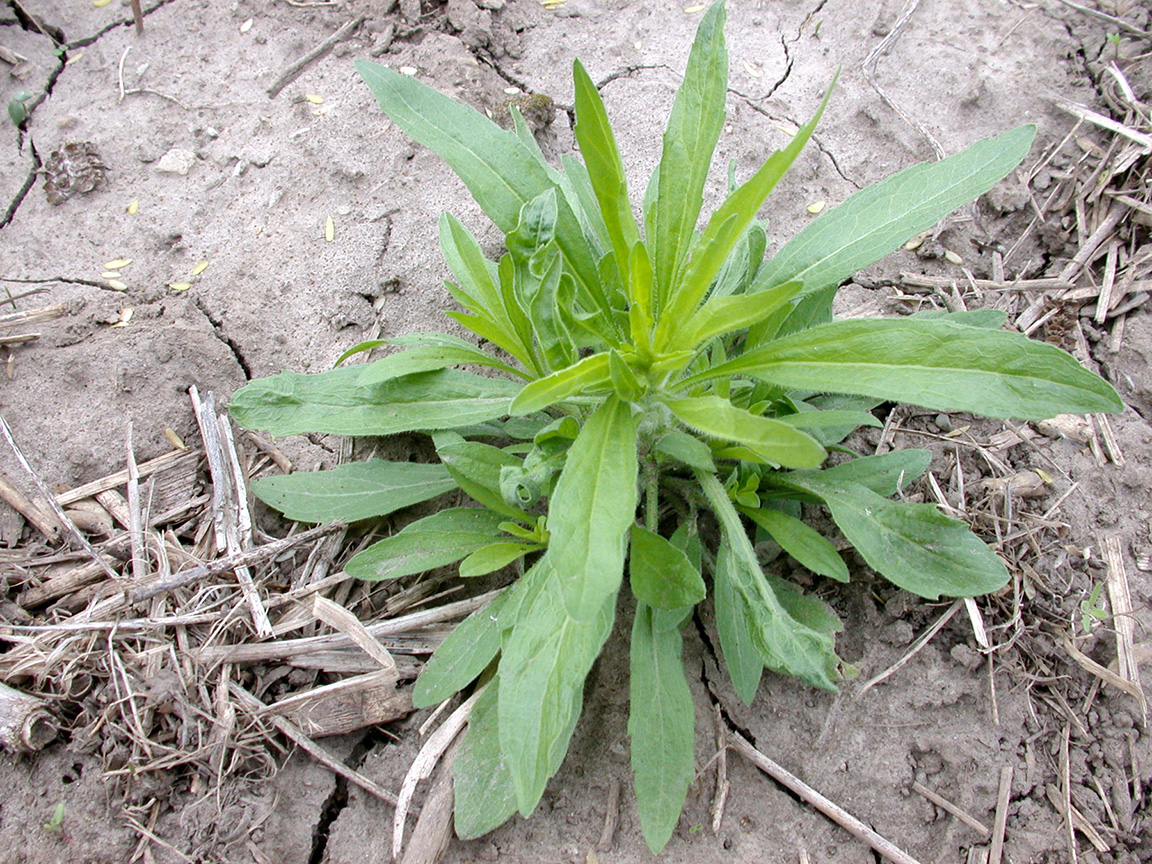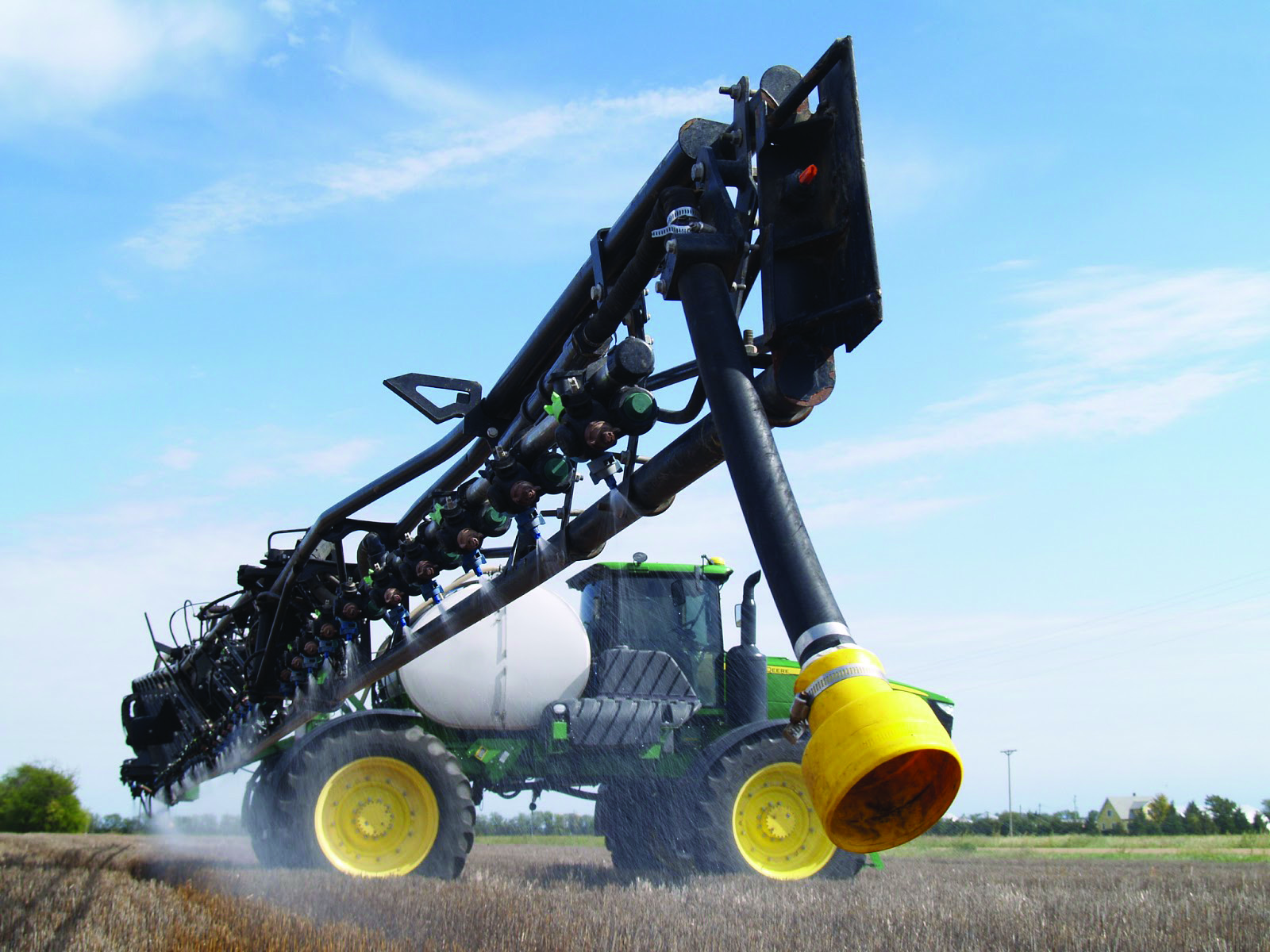Indiana growers have shown increased interest in utilizing cover crops in our corn and soybean production systems over the last decade. Concurrently, there has also been increased utilization of soil residual herbicides to help manage herbicide-resistant weeds such as marestail (horseweed), waterhemp, and giant ragweed in our corn and soybean production systems. Soil residual herbicides can remain active in the soil for a period of weeks to months after application. The length of time a residual herbicide remains biologically active in the soil is influenced by soil texture, soil pH, organic matter, rainfall, and temperature. Since these factors will vary from field to field, definitive time intervals of residual herbicide activity can be difficult to predict. The use of residual herbicides in our corn and soybean production systems may interfere with establishment of fall seeded cover crops under certain conditions. Unfortunately, many of the species being used for cover crops[Read More…]









